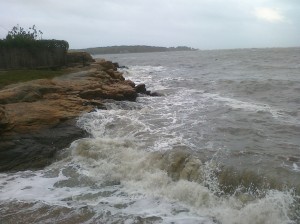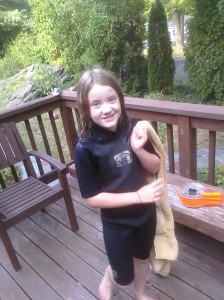For me, the shockingly brilliant insight and innovation of The Sea and the Mirror is how Auden asks us to think about Antonio. He tends to be an afterthought for many readings of The Tempest — an Old World Machiavel who’s easily forgiven & forgotten — but Auden (perhaps writing with 1930s Europe in mind) gives him the choral role in Chapter II, with each lyric ending up as part of Antonio’s “alone.” Auden’s Antionio ‘s a deeply skeptical, deeply individual poetic creation. He mocks Prospero’s magic: “What a lot a little music can do.” He doubts that mercy and book-drowning will have lasting consequences: “they will soon reappear, / Not even damaged.”
Against P’s show-and-tell, Antonio places individual will. “Your all is partial,” he argues against his brother, “I am I, Antonio / By choice myself alone.”
He gets the last word each time: “choice for himself, burning in the dark for Ferdinand, toasting with Stephano, talking with Gonzalo, playing in his head with Adrian and Francisco, wearing a diadem with Alonso, sailing with the Master and Boatswain, fighting the white bull with Sebastian, laughing with Trinculo, dancing with Miranda.
As “Creation’s O” he is beyond his brother. Outside of his control.

